Insect & Verite: RIP Shohei Imamura
Wednesday, May 31st, 2006Director Shohei Imamura has said that he first began to go to university libraries when he was 30. He first started reading sociology, then switched to anthropology. His study of anthropology helped him make THE INSECT WOMAN.
During and after college, Imamura worked as a black marketer, illegally selling liquor and cigarettes. “In my black market days, I was basically looked after by prostitutes and bar hostesses and came to depend on them heavily. I also came to know everything that was good and bad about them, and realized how honest and instinctual they were–especially in comparison with my former classmates at school. I found myself feeling more and more at ease with them, and losing any sense of superiority.”–Imamura, quoted in Cinematheque Ontario’s book SHOHEI IMAMURA. (Insect Woman-Rottentomatoes)
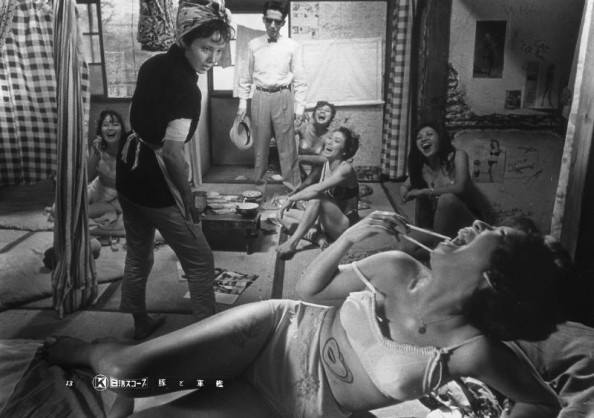
(Pigs and Battleship)
There is a blog named after Imamura’s film, pigsandbattleship. His pick of top 5 Imamura films are listed.
Two Imamura films 
He then made My Second Brother (1959) (see image on top) , which deals with the plight of four orphans in a poor Japanese mining town, and followed this in the 1960s with six brilliant films: Pigs and Battleships (1961), about teenagers attempting to survive by selling pigs fed on food wastes left by US occupying forces; The Insect Woman (1963), a tragicomedy tracing the life of a country girl forced into war production factories during the war and then, after Japan’s defeat, into prostitution; Unholy Desire (1964), about rape and oppression; The Pornographers—An Introduction to Anthropology, (1965), a black comedy about a man involved in the blue movie industry who becomes obsessed with his lover’s daughter; Man Vanishes (1967) (see the second image from the film image above) and The Profound Desire of the Gods (1968).
(A good interview of Imamura, here. Imamura was not seduced by a great filmscore by Toru Takemitsu who has single handedly shaped the background of many great Japanese films working with Kurosawa, Teshigahara and others.)
Watch this clip The Pornographers – (Youtube treasure will serve for good introduction to early Imamura films).
Nosaka Akiyuki author of The Pornographers.
Is Being a Human Being So Disgusting?
Imamura was the first to pay attention to Karayukisan with his film
Karayukisan: the making of a prostitute. (Google image of Karayukisan in the world) These young Japanese women were sent from Japan and differ from the prostitutes who served Japanese soldiers from their native countries, Korea, Southeast Asia.
Ballad of Narayama is written by Shichiro Fukazawa.
There are two versions of Ballad of Narayama, earlier film was by Kinoshita, a much more sentimental director.
In this second, award-winning interpretation of a novel by Shichiro Fukazawa, director Shohei Imamura has inserted some scenes of violence and ritual sex that are shocking and were absent in the first, 1958 film. The story is set in the 19th century in a remote and severely impoverished mountain village in northern Japan. In this fictional society, once the elderly have reached the age of 70 they are brought up Mount Nara, where ancient gods reside, and left to die hopefully blessed by the deities — this sacrifice will free up food for someone else in the village. (via)
`The themes in his films weren’t for Americans, but rather for Europeans,” said Tadao Sato, a noted Japanese movie critic. “It would be difficult for Americans to grasp the convoluted state of mind depicted in his works in times after Japan’s defeat of the past war.”
Elsewhere, though, Imamura was appreciated as a master. (Via) (Sad but true, Americans are isolated culturally)
Imamura in one of interviews said, “I show true things using fictional techniques but maintaining truthfulness — that’s where my approach differs from Ozu. He wanted to make film more aesthetic. I want to make it more real. He aspired toward a cinematic nirvana. When I was his assistant, I was very opposed to him, but now, whilst still not liking his films, I’m much more tolerant. As for me, I’d like to destroy this premise that cinema is fiction.” (Via excellent post from filmbrain.)


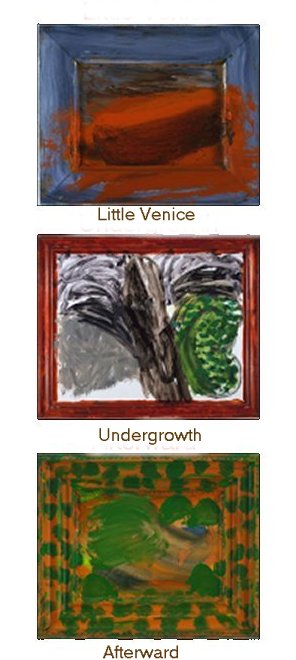
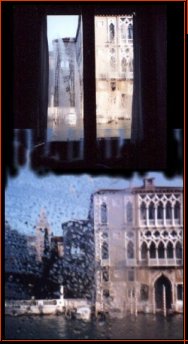
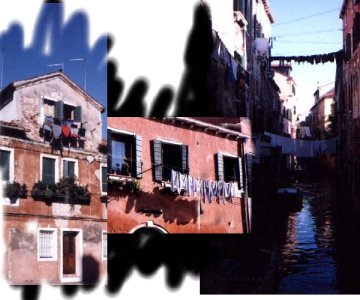 on lines
on lines 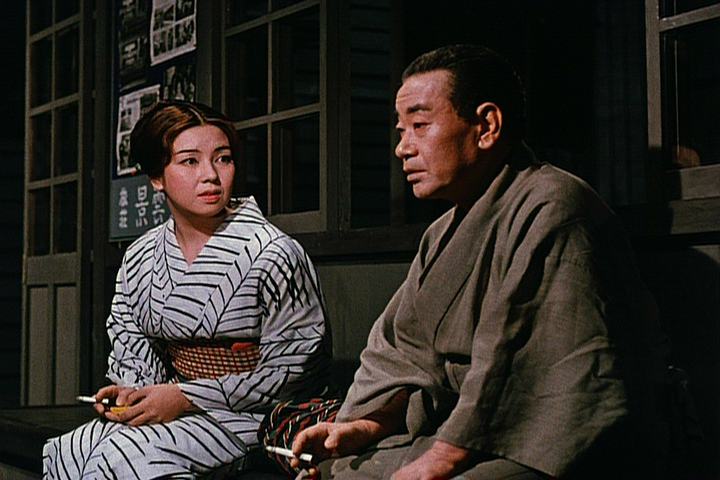
 and “Early Summer”.
and “Early Summer”.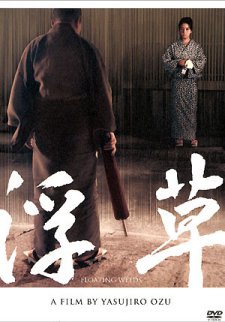 (
( was born on May 17, 1866.
was born on May 17, 1866.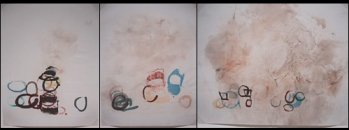 (
(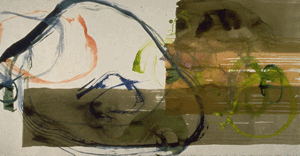 (
(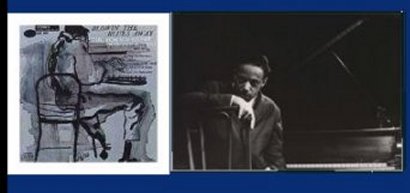

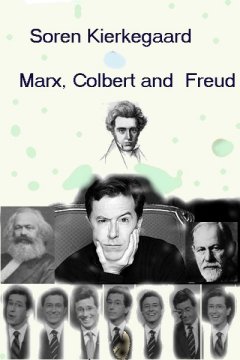
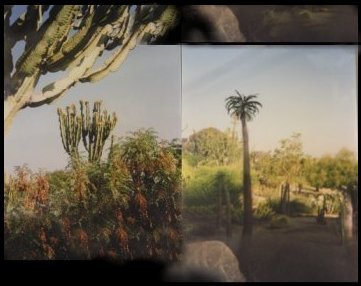
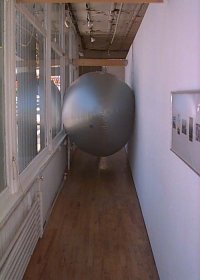
 by Jeffrey Vallance. (
by Jeffrey Vallance. (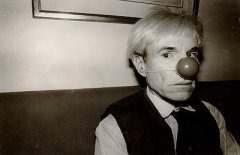
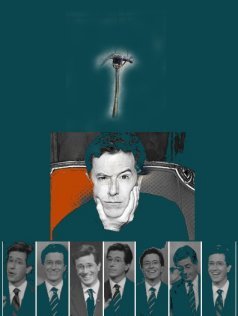 on Stephen’s head.
on Stephen’s head. by Hans
by Hans